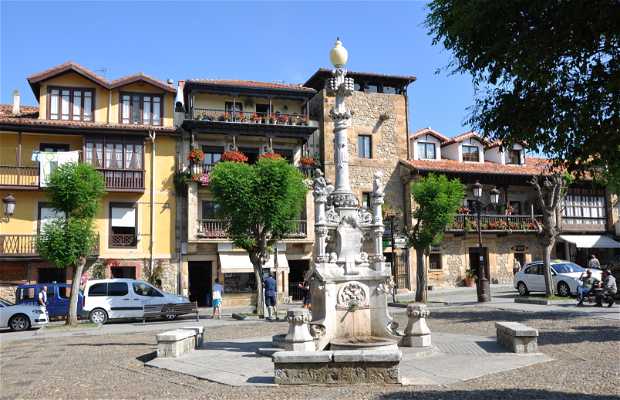A truly moving place
At the end of the 19th century, Comillas was gorgeous: splayed out along a large sandy beach and surrounded by enormous cliffs battered by the pounding surf. Life in the town revolved around the small fishing port and the historic district with its arch-lined squares, cobblestone alleyways, and homes of noble families.
The Villa de los Arzobispos, named such for having been home to numerous prelates, seduced the first Marquis of Comillas who undertook works to embellish it even more. That’s how Gaudí, Joan Roig, Cascante Colom, Joan Martorell, Llimona i Bruguera, Vallmitjana, and Lluís Domènech came to leave their marks on some the most important Modernist buildings in Cantabria.
These days, a visit to Comillas is a fascinating experience full of things to see and enjoy. The impressive Palace of Sobrellano and its pantheon-chapel, the university, and El Capricho, Gaudí’s would-be summer home, all embody the essence of Modernism, a style characterized by a heavy Gothic influence, the presence of motifs inspired by the natural world, curved forms, and asymmetry.
But Comillas doesn’t stop there. The ocean breeze sweeps you around the narrow little streets and towards new little corners to discover. One of the most interesting was the Punta la Moira panoramic viewpoint, or the cemetery built on the remains of a 15th century church and presided over by an imposing winged statue. This small village by the sea is a truly moving place.





































